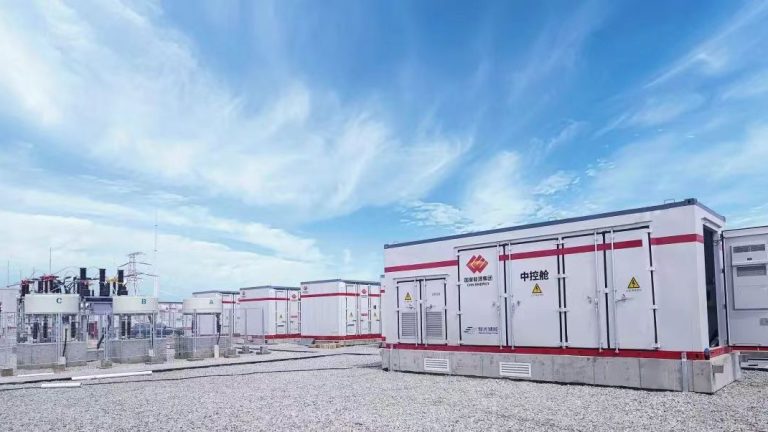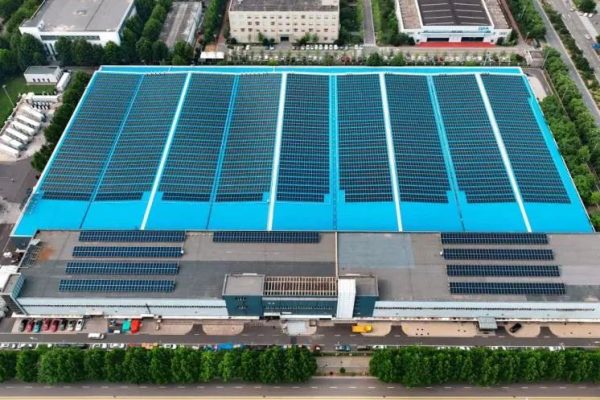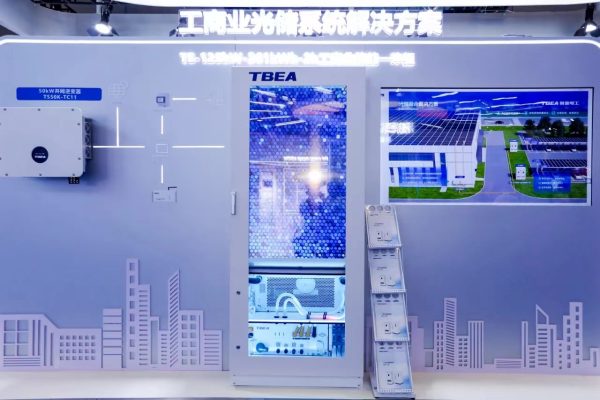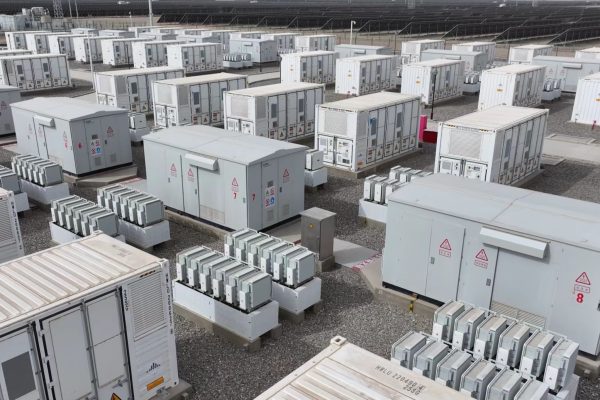PV+storage cabinets—where the inverter, batteries, and control components are integrated into one enclosure—are gaining popularity for residential and small commercial applications. They simplify installation, save space, and improve aesthetics. However, when it comes to warranty claims, things can quickly become complex. Unlike standalone products, cabinets combine multiple components from different suppliers, which means failures can create finger-pointing between manufacturers and integrators.
This article reviews the most common warranty issues in PV+storage cabinets, why they occur, and how installers, integrators, and buyers can proactively manage them.
1. Battery Warranty Issues
a) Capacity Fade
- One of the most frequent claims is when actual usable capacity falls below the warranty threshold (e.g., 70–80% after 10 years).
- Causes include high cycle usage, deep discharges, or poor thermal management inside the cabinet.
b) BMS (Battery Management System) Failures
- Even if the cells are fine, a faulty BMS can shut down the entire cabinet.
- Often a gray area: is it covered under the “battery warranty” or the “system warranty”?
c) Environmental Factors
- High heat, humidity, or improper installation (e.g., no airflow) can shorten battery life.
- Many suppliers will reject claims if environmental conditions don’t meet spec sheet requirements.
2. Inverter Warranty Issues
a) Board or Power Stage Burnout
- Surges, unstable grid conditions, or poor wiring can damage the inverter.
- Manufacturers may argue it was an installation error, not a factory defect.
b) Firmware Bugs
- Hybrid inverters inside cabinets may need regular updates.
- If a system goes offline due to firmware, customers may demand replacement, while manufacturers prefer remote troubleshooting.
c) Improper Sizing
- Oversized PV arrays or mismatched batteries can push inverters beyond their limits, causing premature failures not covered by warranty.
3. Integration & “Grey Zone” Issues
PV+storage cabinets often combine products from different OEMs, which makes warranty boundaries unclear:
- Battery vs. Inverter Faults: If the system shuts down, is it because of the inverter refusing the battery, or the battery failing to communicate?
- Cabling & Connectors: Loose or overheated connections may not be covered by either the battery or inverter supplier.
- EMS/Software Integration: Some failures occur at the software communication layer (CANbus/Modbus mismatches), and many warranties exclude “compatibility issues.”
4. Common Disputes Between Stakeholders
- End-users expect the cabinet to work as a single unit, regardless of which part fails.
- Distributors/integrators often get caught in the middle between customer complaints and manufacturers pushing back.
- Manufacturers may point to improper installation or environmental factors to deny claims.
5. Best Practices to Reduce Warranty Issues
a) Clear Documentation
- Keep records of installation conditions, including photos of cabinet placement, wiring, and environment.
- This evidence can protect installers when filing claims.
b) Pre-Shipment QC
- Test cabinet performance (charge/discharge, inverter switching, communication) before shipping to the client site.
c) Standardize Suppliers
- Use cabinets with batteries and inverters that are factory-certified to work together.
- Avoid mixing “generic” batteries and brand-name inverters unless integration is officially supported.
d) Set Realistic Expectations
- Educate customers on proper depth-of-discharge, charging windows, and environmental requirements.
- Overpromising on lifespan is a recipe for warranty disputes.
e) Offer Your Own Layer of Warranty
- Some integrators absorb minor replacement costs and act as the first line of warranty support, improving customer trust.
6. Looking Forward: Trends in Warranty for Cabinets
- Unified Warranties: More suppliers are starting to offer “system-level warranties” covering the whole cabinet for 5–10 years.
- Remote Monitoring: Smart EMS and cloud-based monitoring allow suppliers to verify issues remotely, reducing false claims.
- Extended Service Contracts: Some integrators offer service packages that go beyond the manufacturer’s limited warranty.
PV+storage cabinets are a convenient, growing solution for homes and small businesses—but they also come with warranty complexities. Most issues stem from unclear responsibilities between batteries, inverters, and system integration. By documenting installations, standardizing components, and setting the right customer expectations, integrators and resellers can minimize disputes and protect margins.
For customers, choosing a supplier who offers a single, system-level warranty can make ownership far smoother and reduce future headaches.









